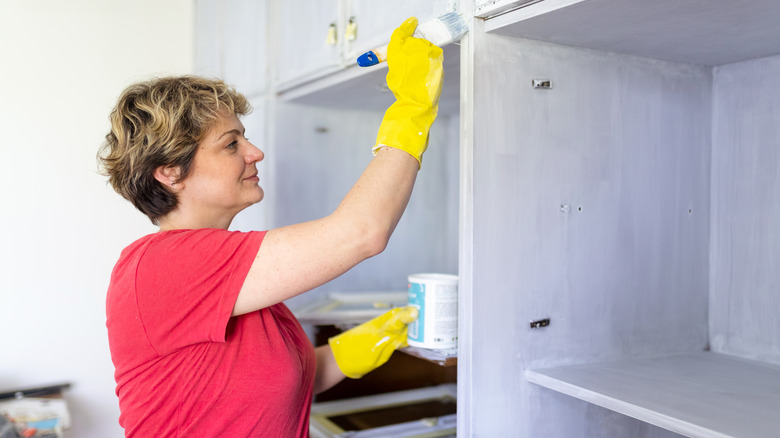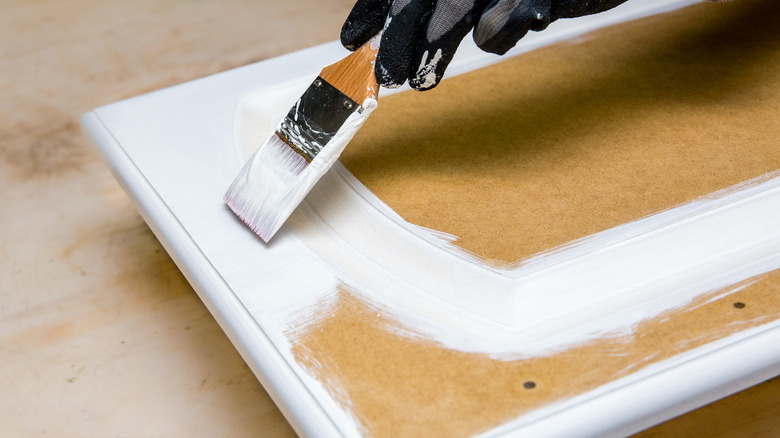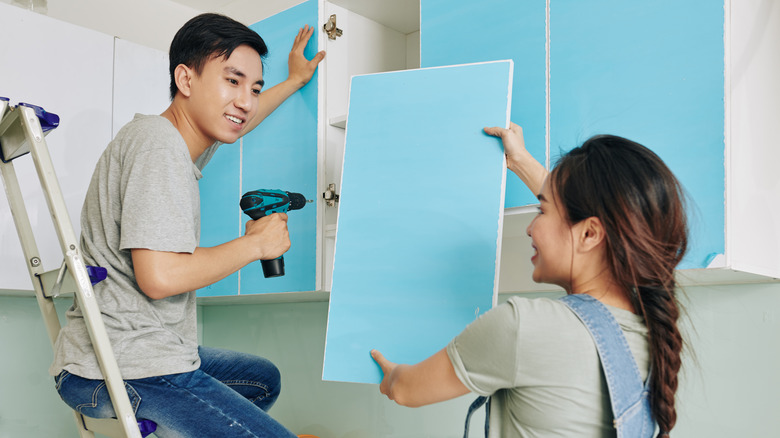Why You Should Remove Your Cabinet Doors Before Painting
One of the best ways to bring new life to your cabinets is to give them a fresh coat of paint. This is an easy and relatively inexpensive project that most homeowners can undertake themselves. However, because this project is easy to do, it's often easy to make mistakes. One mistake that's often made is leaving the cabinet doors on during the painting process. While it may seem like an unnecessary extra step, removing the cabinet doors leads to a better-finished product. Leaving the cabinets on runs the risk of getting paint on the hinges. A build-up of paint on the hinges can prevent them from working properly, making it harder to open and close your cabinet doors.
Removing the doors from the cabinet bases not only protects the hinges and hardware but also makes the doors easier to paint. Cabinets can be in odd positions, awkward corners, or set high or low in the room. This may mean you have to contort to get the paintbrush in the right position, stand on a step stool, or extend your reach, which can make your arms sore. Removing the doors from the base allows you to get every inch of the cabinets while they're easily within reach. You can move the doors around to ensure the entire door is painted and dry before placing them back on the cabinets.
An essential first step
Whether you're painting a few doors from a bathroom vanity or refreshing your entire kitchen, removing the doors is an essential step. Leaving the doors on the cabinets is tempting, and it may seem like you're saving yourself some time. However, leaving the doors on the cabinets can end up causing you more work in the long run. Working with the cabinet doors while they are horizontal or lying on a flat surface will ensure better quality. When the cabinets are lying flat, you won't have to worry about paint dripping and those drips potentially drying. You don't want those drips on the fronts or the bottoms of your doors.
The drying and curing times are another reason why you'll want to remove the doors from the cabinet boxes. Of course, paint requires a few hours to dry. Oil-based paints and water-based paints can take about six to eight hours. However, the curing time takes longer. Oil-based paints take about a week, while water-based can take three to four weeks. Curing ensures that the paint has hardened to a solid finish. Cabinet doors should be undisturbed during the drying and curing time to ensure they dry and cure properly. If you leave the doors on the cabinets, you run the risk of potentially bumping or scratching the paint before it is ready. Removing the doors and setting them aside keeps them out of the way until they're ready to be used again.
You'll have better leverage
Before you can start painting your cabinets, you have to prep them by cleaning and sanding them. That kind of prep can be difficult if you're having to constantly reach up to get the job done. Removing the doors from the cabinets allows you to work on them horizontally. This provides more leverage when cleaning, so you're able to thoroughly clean the cabinet door. Similarly, if you have to sand the cabinets, you'll have better leverage and be able to apply even pressure. To sand, you should apply light pressure, and doing so horizontally can ensure that you're keeping it even and consistent across the entire surface.
Removing the cabinet doors also ensures you'll be able to easily clean, prime, and paint the boxes if need be. Having the doors and hardware off ensures you can easily paint the base without having to work around them or worry about bumping into them. Leaving the doors off also allows both pieces to dry and cure without potentially messing each other up.


